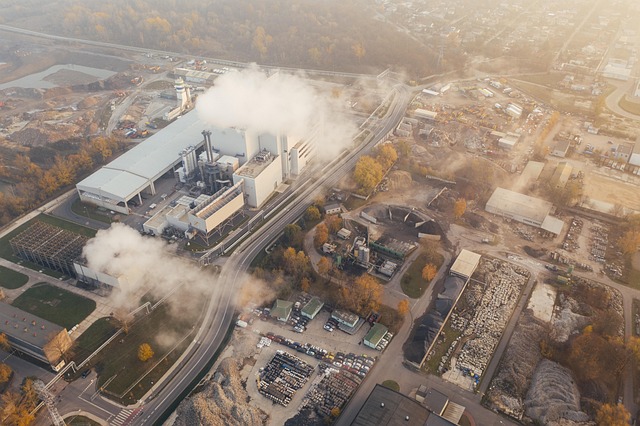
Chromatography Columns
In the fascinating world of chemistry, chromatography stands out as a vital technique for separating and analyzing complex mixtures. At the heart of this process lies the chromatography column, an essential tool that allows scientists to separate chemical compounds with precision and elegance. 🌈
What is a Chromatography Column?
A chromatography column is a device designed to facilitate the separation of chemical compounds by passing a mobile phase through a stationary phase. The mobile phase, often a liquid or gas, carries the sample through the column, where interactions with the stationary phase lead to the separation of components based on their unique properties.
Types of Chromatography Columns
There are several types of chromatography columns, each tailored for specific applications. Here’s a quick overview:
- Liquid Chromatography Columns: These are commonly used in High-Performance Liquid Chromatography (HPLC), where liquid solvents carry the sample through the column.
- Gas Chromatography Columns: Ideal for volatile compounds, these columns use gas as the mobile phase and are essential in environmental and forensic analysis.
- Pre-packed Columns: These come ready to use, filled with stationary phase material, making them convenient for many applications.
- Custom Columns: For specialized needs, researchers can design their own columns, selecting the stationary phase to suit their unique samples.
How Does It Work?
The magic of chromatography columns lies in their ability to exploit differences in the properties of compounds. As the mobile phase moves through the stationary phase, components of the mixture interact differently with the stationary phase. Some compounds may cling more tightly, while others pass through more quickly. This differential interaction results in the separation of the components, which can then be collected and analyzed.
Applications of Chromatography Columns
Chromatography columns are used in a myriad of fields, showcasing their versatility:
- Pharmaceuticals: They are crucial in drug development, helping to purify active ingredients and assess their purity.
- Environmental Science: Monitoring pollutants in air, water, and soil relies heavily on chromatography techniques.
- Food Industry: Ensuring food safety and quality often involves analyzing flavor compounds and contaminants.
- Biotechnology: In biomanufacturing, chromatography columns are essential for protein purification and analysis.
Choosing the Right Column
When selecting a chromatography column, several factors come into play:
- Type of Sample: Consider the nature of the compounds you are working with. Are they volatile, polar, or large biomolecules?
- Separation Goals: What level of separation do you need? High-resolution separations may require more sophisticated columns.
- Cost and Availability: Pre-packed columns can save time, but custom columns may be necessary for specialized applications.
Conclusion
Chromatography columns are not just tools; they are gateways to understanding the intricate world of chemical interactions. Whether in a bustling lab or a quiet research facility, these columns play a pivotal role in advancing science and technology. So next time you hear about chromatography, remember the elegant dance of separation happening within those columns! 💖


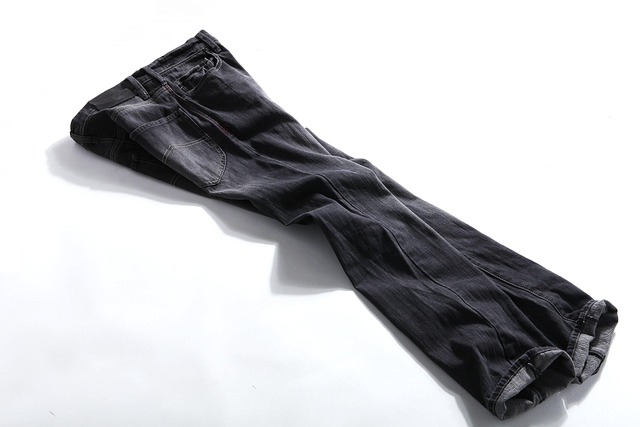




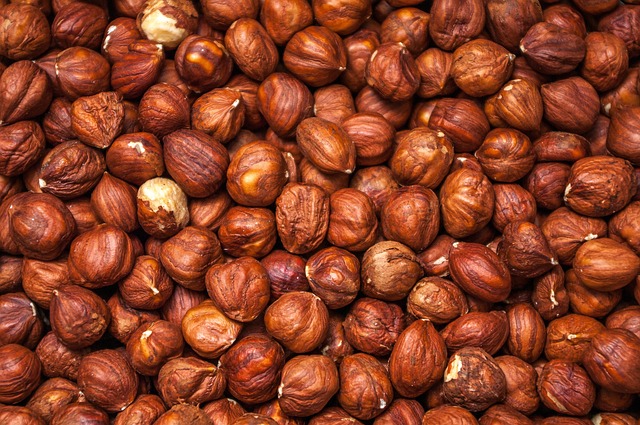


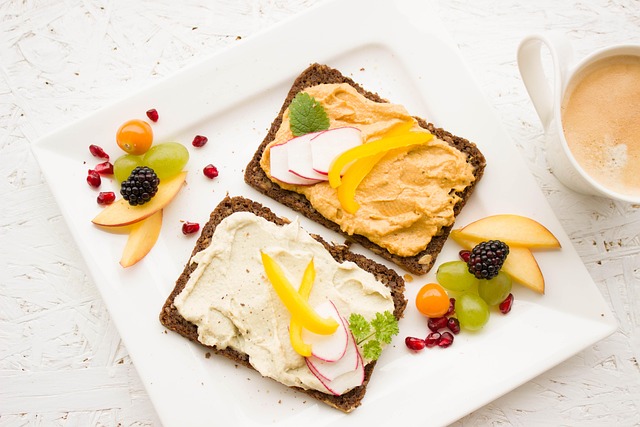




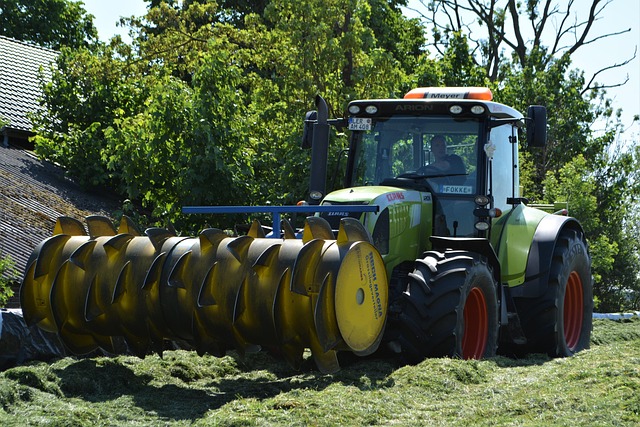

 What in the World is the Atomic Recalibrator?
What in the World is the Atomic Recalibrator? 
 Health
Health  Fitness
Fitness  Lifestyle
Lifestyle  Tech
Tech  Travel
Travel  Food
Food  Education
Education  Parenting
Parenting  Career & Work
Career & Work  Hobbies
Hobbies  Wellness
Wellness  Beauty
Beauty  Cars
Cars  Art
Art  Science
Science  Culture
Culture  Books
Books  Music
Music  Movies
Movies  Gaming
Gaming  Sports
Sports  Nature
Nature  Home & Garden
Home & Garden  Business & Finance
Business & Finance  Relationships
Relationships  Pets
Pets  Shopping
Shopping  Mindset & Inspiration
Mindset & Inspiration  Environment
Environment  Gadgets
Gadgets  Politics
Politics 